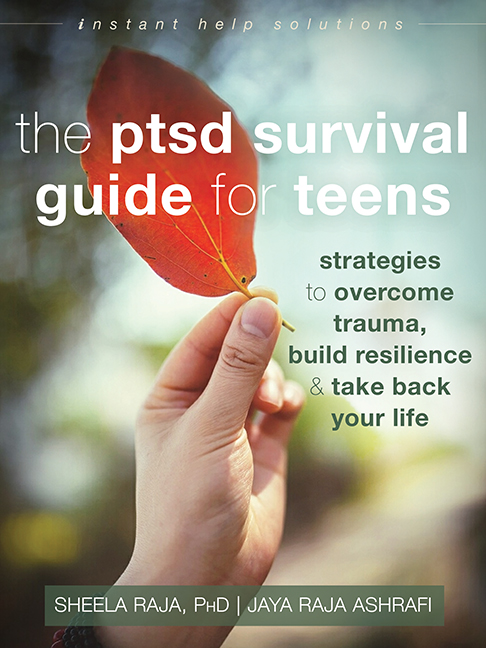When clients have lived through traumatic situations like sexual assault, interpersonal or community violence, or combat, they often struggle with feelings of shame. You can spot a client’s shame in a therapy session because their statements are often global descriptions of their personality. Shame keeps clients from being able to heal.
Some common shame statements:
I am stupid, and that’s why this happened to me.
I didn’t deserve to survive.
People will know I am dirty.
I don’t matter anyway.
I’m a weak person.
Shame is different from guilt (sometimes called behavioral self-blame). Guilt or self-blame can be productive when they are focused on what a client can control. Therapists are in the tricky business of finding ways to encourage healthy change, without reinforcing shame. For example, a client may want to cut back on her alcohol use, or she may want to find more supportive friends. That doesn’t mean she invited something traumatic by drinking or socializing with particular people. A three-step-to-shame approach can help when working with clients.
Validate the client’s disclosure, but not their shame:
Thank you for sharing this.
I know this isn’t easy to talk about.
I know you feel that way, but I don’t believe you deserved this to happen to you.
I do not believe anyone deserves to be victimized.
Differentiate between shame and guilt/behavioral self-blame by asking questions:
Is this something you can do to be healthier in the future?
Is this in your control?
Does the label you are applying to yourself hold in every situation you are in?
Is that how you would characterize everyone who has experienced what you have (assault, combat, etc.)?
Inoculate the client from victim-blaming they may hear from others:
We have a long way to go in educating people about trauma.
People sometimes say thoughtless things about trauma because it helps them feel they can control things.
There are many myths about trauma, and we need to sort them out here so you don’t internalize them.
It’s important to keep this dialogue open with clients. For any therapy to be effective, clients need to understand what they can change and what is beyond their control. Validating disclosure, differentiating between shame and guilt, and providing inoculation around societal victim-blaming are three steps that can help.
Book Titles: The PTSD Survival Guide for Teens
 Sheela Raja, PhD, is a licensed clinical psychologist, author of Overcoming Trauma and PTSD, and coauthor of The Sexual Trauma Workbook for Teen Girls. Raja is an associate professor at the University of Illinois at Chicago, where she researches the impact of trauma on health. Raja completed her internship and postdoctoral training at the National Center for PTSD in Boston, MA. She is a highly sought-after national and international speaker, a blogger for Huff Post, and a frequent contributor to various print and television media outlets.
Sheela Raja, PhD, is a licensed clinical psychologist, author of Overcoming Trauma and PTSD, and coauthor of The Sexual Trauma Workbook for Teen Girls. Raja is an associate professor at the University of Illinois at Chicago, where she researches the impact of trauma on health. Raja completed her internship and postdoctoral training at the National Center for PTSD in Boston, MA. She is a highly sought-after national and international speaker, a blogger for Huff Post, and a frequent contributor to various print and television media outlets.

 Why Journaling Is Especially Helpful to Adult Children of Emotionally Immature Parents
Why Journaling Is Especially Helpful to Adult Children of Emotionally Immature Parents